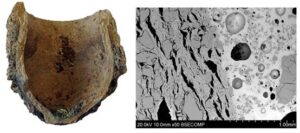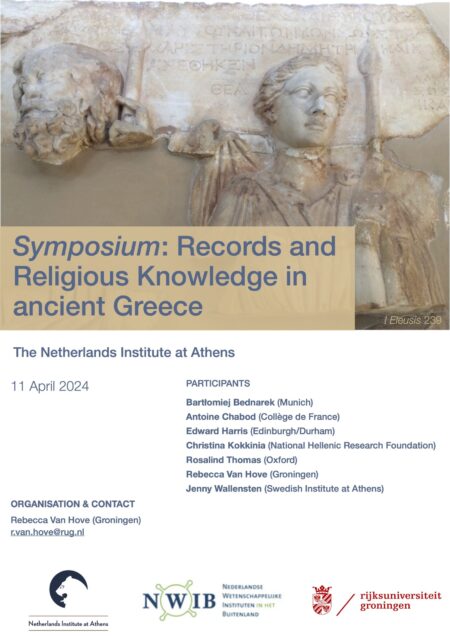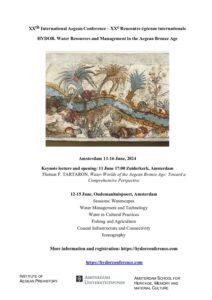Από την Τετάρτη 2 μέχρι το Σάββατο 5 Οκτωβρίου η Αίθουσα Μάννεκενς του ΟΙΑ θα στεγάσει την έκθεση Στα Ίχνη των Κωνικών Κυπέλλων: Καινοτόμες Πρακτικές στο Παρελθόν και το Παρόν.
Η έκθεση που διοργανώνεται σε συνεργασία με τη ερευνητική ομάδα του Tracing the Potter’s wheel του Πανεπιστημίου του Άμστερνταμ και του Αρχαιολογικού Μουσείου Ηρακλείου, πραγματεύεται την ιστορία αυτού του λιτού κυπέλλου, το οποίο κατασκευάζεται εδώ και χιλιετίες από διάφορα υλικά. Πρόκειται για ενα απλό κύπελλο, χωρής λαβή και συνήθως χωρίς διακόσμηση, το οποίο απαντά κατά χιλιάδες σε θέσεις της Εποχής του Χαλκού στην Κρήτη και στο νότιο Αιγαίο.
Πρόκειται για μια διαδραστική έκθεση που μας δείχνει πώς ο τρόπος που βλέπουμε και κατανοούμε αρχαία αντικείμενα και τεχνολογίες αλλάζουν συνεχώς, καθώς οι αρχαιολόγοι εφαρμόζουν στις μελέτες τους νέες τεχνολογίες και πρωτοποριακά εργαλεία. Οι τεχνολογίες τρισδιάστατης σάρωσης και τριδιάστατης εκτύπωσης δίνουν τη δυνατότητα σε όλους να οπτικοποιούν και να βιώνουν με νέους τρόπους τον υλικό πολιτισμό του παρελθόντος.
Στις 2 Οκτωβρίου πρίν από τα εγκαίνια της έκθεσης η επιμελήτρια Δρ Jill Hilditch θα δώσει μια διάλεξη στη βιβλιοθήκη του ΟΙΑ στις 19.00.
Από 3 έως 5 Οκτωβρίου οι ώρες λειτουργίας της έκθεσης είναι από 10.00-13.00 και από 15.00-18.00
Περισσότερες πληροφορίες για το Tracing the Potter’s Wheel θα βρείτε στο website του προγράμματος.
Tracing the Conical Cup: Innovative Practice in the Past and Present
October 2-5th 2019 – Netherlands Institute in Athens (Lecture on Wednesday 2 October 19.00, followed by the opening. 3-5 October 10.00-13.00 and 15.00-18.00)
People have been making the humble cup for thousands of years, whittling them from wood or bone, casting them in metal, or shaping them from clay. What is exciting for archaeologists is that plastic cups of today have a strong connection with ceramic cups in prehistory. The conical cup is a small, handleless and usually undecorated cup. They are often found in large quantities and they are not finely finished or decorated – in fact they usually have many obvious manufacturing traces. Despite their plain, featureless design, these little cups appear at archaeological sites far from the Cretan palaces of the Minoan culture, throughout the other islands of the Aegean and the coast of western Anatolia. What made these cups so popular? And how can archaeologists begin to answer such a question?
Tracing the Conical Cup is an interactive exhibition that provides a visual exploration of the innovative ways we can look at these ceramic objects to shed light on the innovative practices of the Minoans, and communities of the wider Aegean Bronze Age. In this exhibition, you will find three ways of looking at cups: ceramic analysis, forming techniques, and 3D visualization.
For more information on the work of TPW and their research project, please visit their website.




